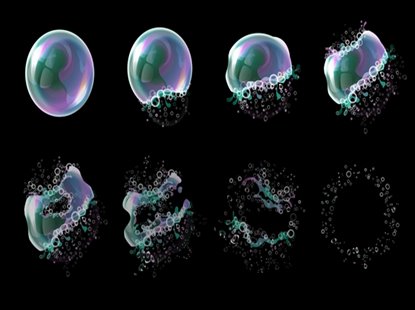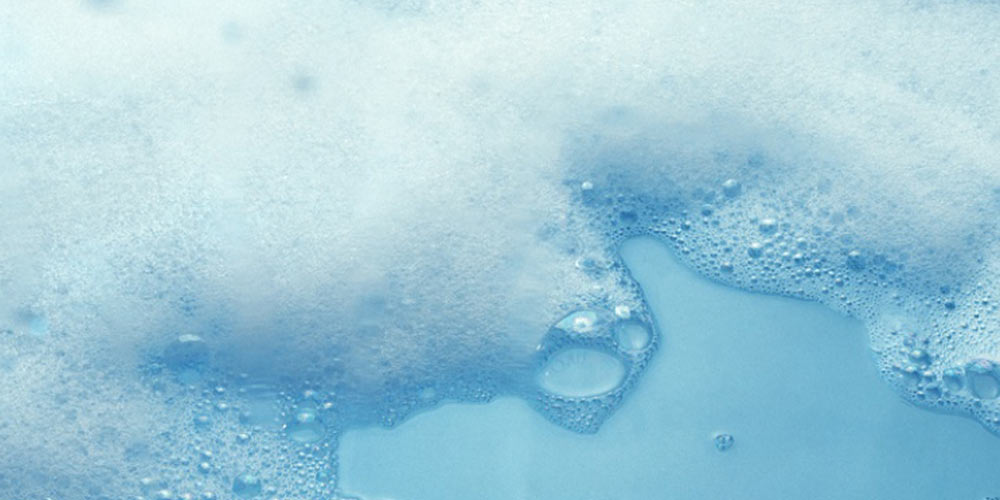Effective Use of Defoamers in the Pharmaceutical Manufacturing Process
Choosing the Right Defoamer for Your Specific Application Needs
Selecting the ideal defoamer for details application requirements is a nuanced process that demands mindful factor to consider of numerous elements, such as the foam operating, type, and medium conditions. Recognizing the subtleties of defoamer efficiency-- consisting of rate and persistence-- while likewise accounting for regulatory and ecological elements is important.
Comprehending Foam Formation
Foam formation happens when gas is entraped within a liquid, producing a steady framework of bubbles. This phenomenon can significantly impact different commercial processes, specifically in markets such as food manufacturing, pharmaceuticals, and wastewater therapy. The presence of foam can impede blending, reduce product top quality, and even bring about operational ineffectiveness.
Foam normally forms as a result of a combination of variables, including surface-active representatives, anxiety, and the characteristics of the liquid stage. Surfactants lower the surface tension of the fluid, assisting in the formation of bubbles that can stabilize and integrate. Anxiety, whether from mechanical mixing or gas introduction, boosts bubble formation, causing raised foam volume.
Comprehending the auto mechanics of foam formation is critical for sectors intending to maximize their procedures. By identifying the certain conditions that advertise foam generation, companies can carry out strategies to minimize its impacts. This expertise lays the groundwork for selecting appropriate defoaming representatives that effectively target the unique challenges postured by foam in various applications. Subsequently, an extensive understanding of foam development is important for enhancing efficiency and maintaining product integrity across numerous fields.
Kinds Of Defoamers Available
Numerous sorts of defoamers are readily available to resolve the difficulties positioned by foam in industrial applications. defoamers. Generally categorized, defoamers drop into 3 categories: silicone-based, non-silicone-based, and all-natural defoamers
Silicone-based defoamers are renowned for their effectiveness and stability throughout a wide variety of temperature levels and pH levels. They are commonly used in applications where strong foam suppression is required, such as in coatings, adhesives, and paints. Their reduced surface area tension permits rapid foam collapse.
Non-silicone-based defoamers, often made from natural compounds, provide an alternative for applications sensitive to silicone residues. These defoamers can be further split into polyether and ester kinds, each tailored to satisfy particular formula demands. Non-silicone defoamers are frequently utilized in food processing and personal care products due to their compatibility with different formulations.
Natural defoamers, acquired from plant or animal sources, are getting grip because of their green profile. These items are particularly appealing in applications where regulative compliance and sustainability are paramount, such as in agrochemicals and biotechnology.
Selecting the appropriate type of defoamer is essential for maximizing efficiency and making sure compatibility with certain applications.
Trick Application Factors To Consider
When selecting a defoamer, it is vital to take into consideration the details application needs to guarantee optimum efficiency. defoamers. Different industries have distinct needs, such as food handling, pharmaceuticals, or wastewater therapy, and each application might require special defoaming buildings
Key factors to examine consist of the medium in which the defoamer will be used, whether it is water-based, oil-based, or a combination thereof. The temperature level and pH levels of the application can additionally considerably affect the performance of a defoamer. In addition, compatibility with various other chemicals present in the system is critical to stop negative responses that could endanger efficiency.
One more important factor to consider is the lathering actions of the details system. Recognizing whether the foam forms quickly or slowly can assist the selection of a defoamer that targets the source successfully. Moreover, the wanted speed of defoaming can influence the option, as some applications need fast action while others might tolerate slower defoaming processes.
Last but not least, regulative and ecological considerations ought to not be neglected, specifically in sectors with stringent conformity demands. Selecting a defoamer that aligns with these variables guarantees both effectiveness and safety in the application.

Performance Testing Techniques
Assessing the efficiency of a defoamer calls for a methodical method to screening that properly determines its effectiveness in details applications. Various performance screening methods can be employed to determine the optimal defoamer for an offered formula.
One usual method is the bubble test, which reviews the defoamer's capability to reduce foam quantity over time. This examination includes producing a stable foam and afterwards including the defoamer to observe the rate of foam collapse. Another approach is the vibrant foam examination, where foam is produced under controlled conditions to replicate real-world application circumstances. This strategy gives understandings into how the defoamer executes under differing shear problems.

Eventually, selecting the ideal performance screening method relies on the particular application and the kind of foam being addressed. Each technique supplies beneficial information that can guide formula adjustments and improve the efficiency of the defoamer in practical applications.
Ideal Practices for Selection


Next, take into consideration the defoamer's performance in regards link to rate of action and determination. A quick-acting defoamer might be needed for procedures where fast foam suppression is vital, while a more persistent formulation may be needed for prolonged foam control. Additionally, examine the environmental impact of the defoamer, including its biodegradability and any governing conformity requirements.
Conduct trials with selected defoamers to identify their performance in real-world problems. This step is important to verify that the selected product satisfies performance assumptions. Lastly, seek advice from suppliers or providers for technological support and assistance, as they can provide important understandings into item solutions and application methods. By adhering to these ideal practices, you can enhance foam control performance and ensure the long life of your processes.
Conclusion
In recap, choosing the proper defoamer requires a detailed examination of various elements, consisting of foam kind, medium, operating problems, and environmental factors to consider. Recognizing the unique qualities of foam development and the available defoamer alternatives is critical. Furthermore, using efficient performance screening methods and sticking to finest methods during the choice procedure will improve the likelihood of achieving ideal defoaming outcomes. Ultimately, a knowledgeable option technique will certainly resolve specific application requirements and alleviate frothing challenges efficiently.
Picking the appropriate defoamer for specific application needs is a nuanced procedure that demands careful factor to consider of numerous variables, such as the foam operating, tool, and type conditions.Choosing the best defoamer is vital for accomplishing ideal performance in foam control applications. A quick-acting defoamer may be necessary for processes where rapid foam reductions is essential, while an extra relentless solution may be required for long term foam control.In recap, choosing the suitable defoamer necessitates a comprehensive evaluation of numerous aspects, including foam type, tool, operating problems, and environmental considerations. Recognizing the special attributes of foam formation and the available defoamer alternatives is resource essential.